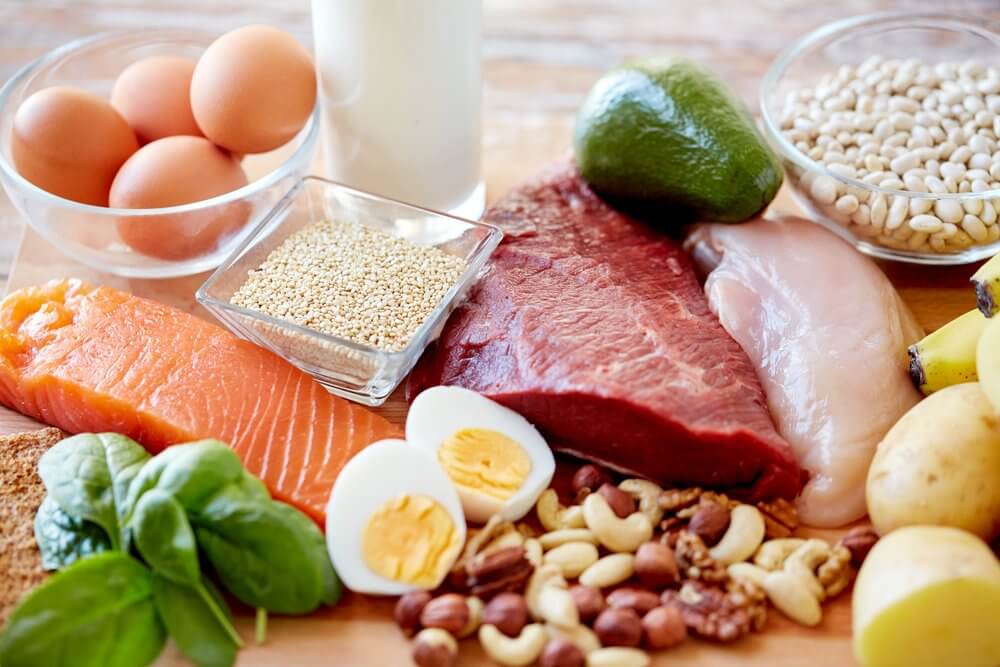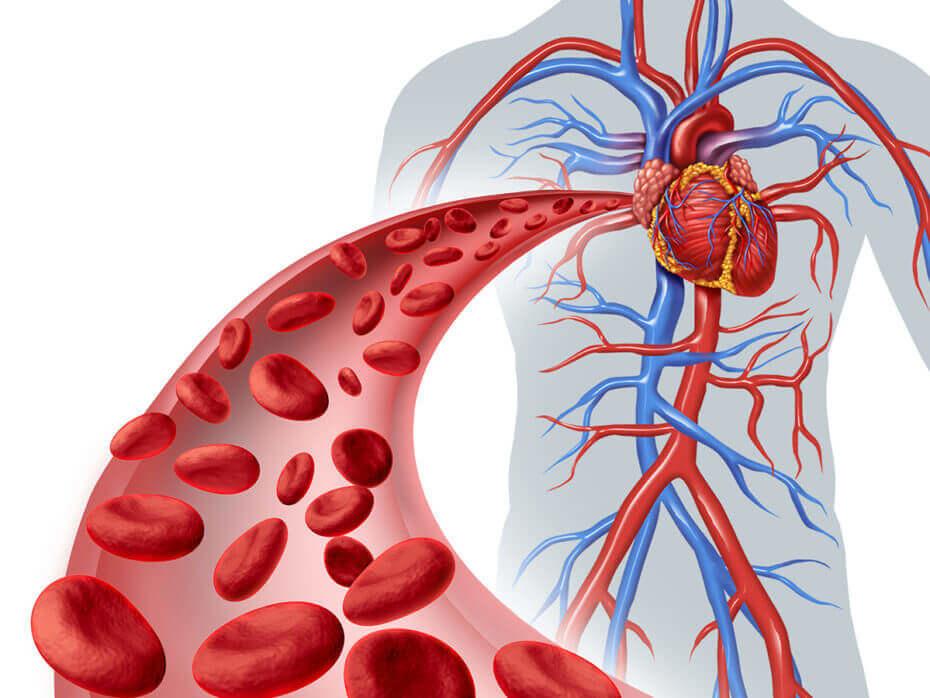Seeing The Good In Cholesterol

There are lots of different nutrients and foods that have been unfairly vilified over the years. For the past few decades, carbohydrates and gluten have been the primary targets of various fad diets and nutritional strategies. While the reputation of these other nutrients remains largely controversial, hotly debated and subject to rapid change, cholesterol has never really enjoyed any time in the spotlight.
This particular type of fat has pretty much always been seen as a sort of cardiovascular villain, something to be avoided as much as possible. But, is that really fair? Is cholesterol really all bad or can this dietary fat actually offer some unappreciated health benefits?
Defining The Term
Before delving deep into what cholesterol does, it’ll be helpful to briefly discuss what exactly it is. As mentioned, cholesterol is a type of fat with a waxy texture found in many meats and animal-based foods. For the most part, though, your liver is actually able to product the majority of cholesterol that you need.
More information on why you need cholesterol will follow shortly. For now, though, it’s important to understand that your body is actively producing the fat in addition to that which is derived from your diet.

Although people tend to talk about cholesterol as if it’s one thing, the reality is that there are actually two very different types of cholesterol floating around in your blood stream at any given time. The first type is often referred to as “good” cholesterol but is more clinically called High-density Lipoprotein (HDL). As you might have guessed, the other form of cholesterol, Low-density Lipoprotein (LDL) is generally labelled as the “bad” kind.
What It Does
But why does your liver crank out cholesterol? And how can people view HDL as good?
Remember, cholesterol is unique largely because of its waxy texture. Your body also tends not to use cholesterol for fuel, leaving it kicking around in your blood stream. Which is a very important thing to understand.

Because of its particular texture and easy availability, cholesterol is an ideal substance for building and repairing cell walls. As it’s traveling around, HDL also picks up fats and other substances that could be obstructing the free flow of blood through your veins.
What about LDL? It essentially functions in the opposite way. While this type of cholesterol could be used in building cell walls, it also tends to drop more clutter into your blood vessels, contributing to potentially dangerous blockages. As this gunk builds up, the walls of your blood vessels could begin to harden leading to a condition called atherosclerosis.
Maintaining A Balance
Clearly, then, the issue is a lot more complex than the generally understanding that cholesterol is bad for you. It is, in fact, absolutely vital for maintaining your general health. For athletes, the cell-building potential of cholesterol is of particular interest. After all, each time that you run or otherwise workout, you are damaging or even destroying cells. The repair and replacement of the cells, though, is exactly what allows you to recover from your training and make progress.

So, how can you supply your body with the cholesterol that it needs without putting your cardiovascular system at risk? A key step is to learn how to understand the results of cholesterol tests. When you receive this simple blood test, you’re likely to get a few numbers back – each of which tells you something slightly different about your cholesterol levels. Taken together, though, these readings can give you a complete and balance picture. Here’s what you’ll be looking at:
- Total cholesterol levels – This is the overall count of your cholesterol which no separation between the types. For most people, you should aim to keep this below 200.
- LDL – The common recommendation is to keep LDL levels below 130 but lower levels are even better.
- HDL – Since this is the good cholesterol, you actually want to keep your levels of HDL above 60 but can push them higher.
- Triglycerides – Because they aren’t technically a type of cholesterol, triglycerides haven’t been mentioned thus far. This common type of fat, though, which is usually used for fuel can combine with both HDL and LDL to create troublesome deposits in your blood vessels. To avoid any problems, aim to keep your triglyceride levels below 150.
Set Your Numbers Straight
If you do find out that your cholesterol profile is less-than-ideal, what can you do? The standard approach is simply to go on a low-cholesterol diet. Unfortunately, a hefty body of recent scientific evidence has found that dietary cholesterol does not automatically impact the levels floating around in your body.
Instead, there appears to be a strong genetic connection which is also influenced by physical activity. As an athlete, then, your training is a powerful strategy for avoiding any issues with your cholesterol. High-fiber foods have also been found to lower cholesterol. It’s also important to remember that HDL is your friend. So, stick to foods rich in this particular variety of cholesterol like fish, olive oil and nuts.
Sources
- , HDL (Good), LDL (Bad) Cholesterol and Triglycerides, Article
- , Rethinking dietary cholesterol., Journal
Latest Articles
 Is Running on a Treadmill Easier Than Running Outside?Runners have their own preferences, whether it is treadmill running, running outside on the road, or exploring trails. So...
Is Running on a Treadmill Easier Than Running Outside?Runners have their own preferences, whether it is treadmill running, running outside on the road, or exploring trails. So... Is It OK to Use Trail Running Shoes on the Road?While trail running shoes can be used on roads, especially in situations where a runner encounters mixed terrains or pref...
Is It OK to Use Trail Running Shoes on the Road?While trail running shoes can be used on roads, especially in situations where a runner encounters mixed terrains or pref... How to Fix Sore Quads After Running?Rest, ice, gentle stretching, and over-the-counter pain relievers can help soothe sore quads after running. Also, ensure ...
How to Fix Sore Quads After Running?Rest, ice, gentle stretching, and over-the-counter pain relievers can help soothe sore quads after running. Also, ensure ... 10 Fruits With The Most Electrolytes to Replace Sports DrinksThese fruits are high in electrolytes such as potassium, magnesium, and calcium, essential for hydration, muscle function...
10 Fruits With The Most Electrolytes to Replace Sports DrinksThese fruits are high in electrolytes such as potassium, magnesium, and calcium, essential for hydration, muscle function...

